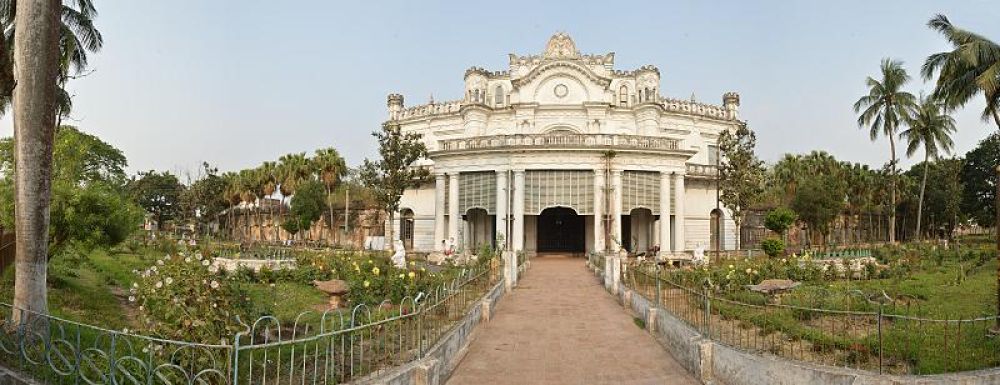

Murshidabad, a city with immeasurable historical significance located on the banks of the Hooghly River, is home to the Wasef Manzil, also known as the New Palace. This grand edifice is intrinsically linked to the history and tourism of the region. Built under the patronage of Sir Wasef Ali Mirza, the Nawab of Bengal in the late 19th century, Wasef Manzil stands as a testament to the architectural grandeur of that era.
Wasef Manzil was erected after the main palace, the Hazarduari Palace, was completed. This mansion served as the residence of Nawab Wasef Ali Mirza after the British colonial administration had occupied the Hazarduari Palace. The Nawab commissioned the building in 1886, intending to maintain the lavish lifestyle and cultural patronage associated with his title.
Over the years, Wasef Manzil endured several natural calamities, including earthquakes that led to some structural damage. However, due to its historical significance, it received significant attention for conservation and restoration efforts.
Tourism in Murshidabad, and specifically at Wasef Manzil, experienced a gradual development as historical enthusiasts and travelers started discovering this town's rich past. Initially visited by academic scholars and colonial administrators, the palace gradually gained prominence in the eyes of domestic travelers and subsequently international visitors.
It wasn't until independent India focus on heritage conservation and tourism, that Murshidabad, with its plethora of historical buildings including Wasef Manzil, began to receive more structured attention in tourism development strategies.
The site gained more popularity as the government took initiatives to promote West Bengal’s rich history and cultural heritage, attracting tourists interested in the stories from the times of the Bengal Nawabs and British Raj. This led to increased visitor numbers, not only at Wasef Manzil but also at other historical sites within Murshidabad.
With the digitization of travel and a surge in heritage tourism, Wasef Manzil has found a new audience among millennial and Gen Z travelers. Social media exposure has spurred interest in this architectural marvel, bringing in tourists looking to explore off-the-beaten-path destinations rich in history and culture.
Recent trends have shown a preference for experiential travel, and the local authorities have begun offering more immersive experiences, such as guided tours focusing on the history of the Nawabs, the architectural significance of Wasef Manzil, and the lifestyle of erstwhile royal families of Bengal.
Furthermore, to ensure a sustainable flow of tourists, there's been a push towards developing visitor-friendly amenities, involving local communities in tourism services, and promoting local crafts and cuisine. Visitors to Wasef Manzil can now enjoy a more inclusive experience that educates, engages, and entertains.
Today, Wasef Manzil stands tall as an enduring symbol of Murshidabad's regal past—a must-visit for all history buffs and those wishing to bask in the glory of India's rich cultural heritage. Through continued preservation efforts and evolving tourism trends, the mansion continues to welcome a new generation of visitors eager to discover the stories etched within its walls.